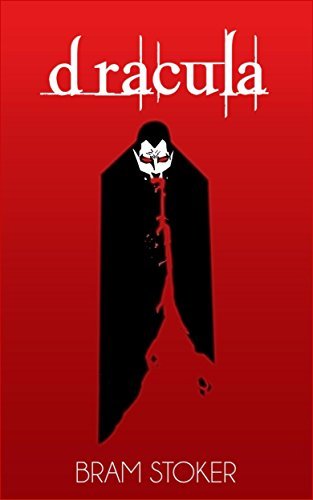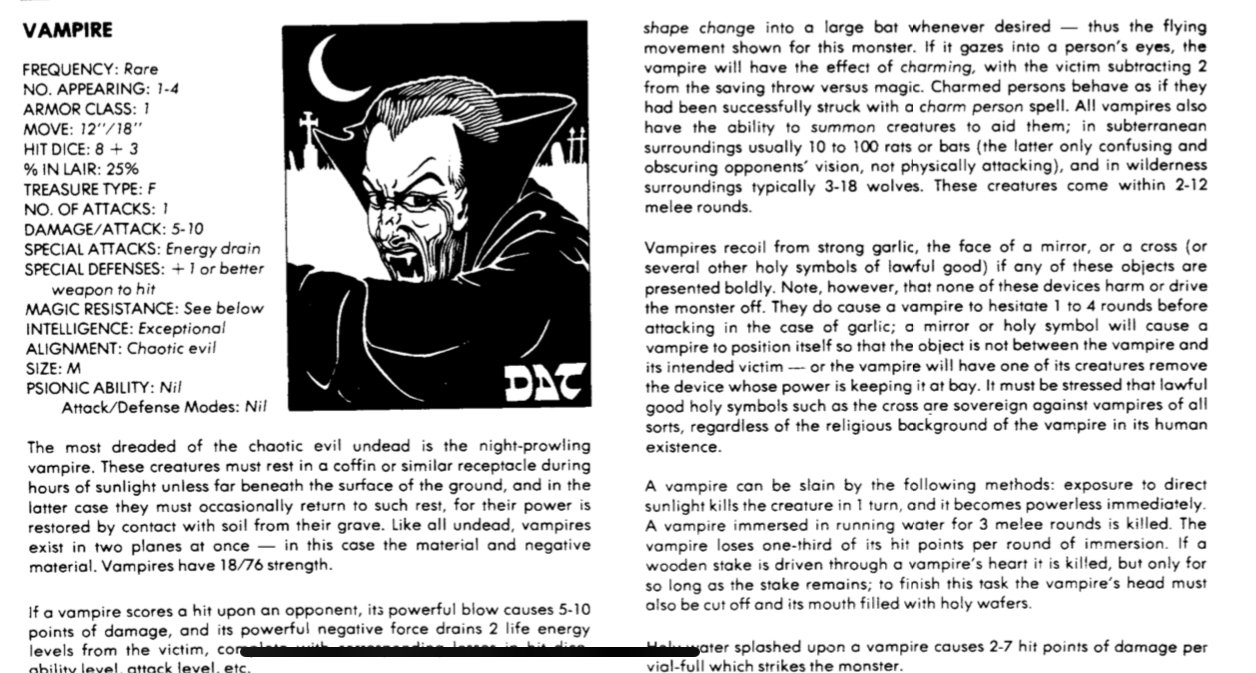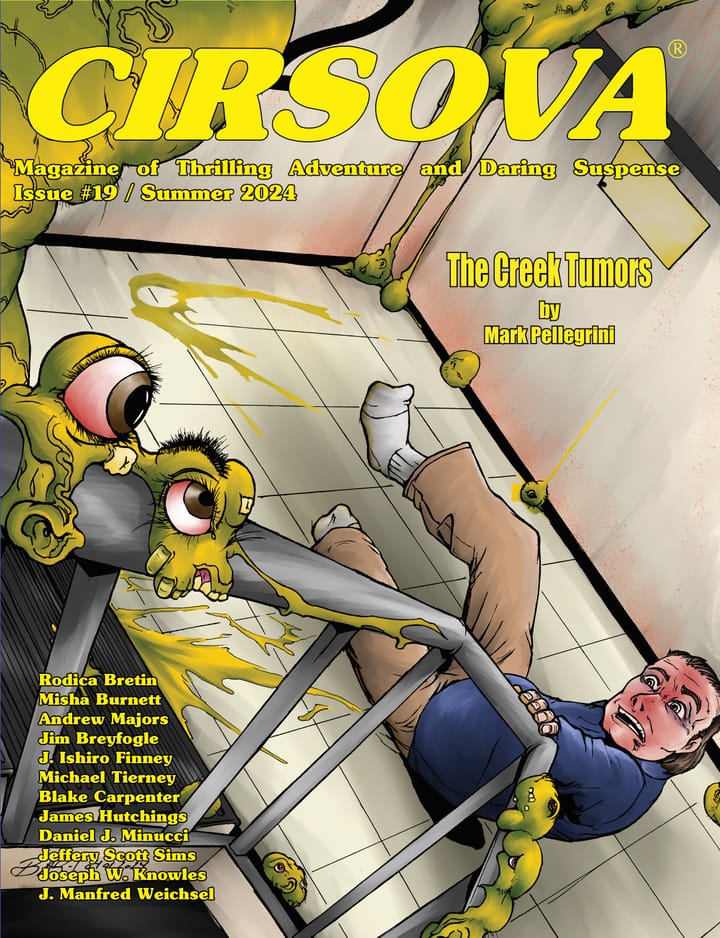Dracula by Bram Stoker Book Review
I find it entirely appropriate to put up my review of Bram Stoker’s justly famous Dracula on the Feast of All Saints, November 1st. Like all of the best horror, Dracula is about how the unconquerable power of God works itself out in our broken and sinful world through the acts of the men and women He calls.

There is a much misattributed quote by G. K. Chesterton on the use of fairy tales. First Things provides us an excellent citation to the essay “The Red Angel”:
Fairy tales, then, are not responsible for producing in children fear, or any of the shapes of fear; fairy tales do not give the child the idea of the evil or the ugly; that is in the child already, because it is in the world already. Fairy tales do not give the child his first idea of bogey. What fairy tales give the child is his first clear idea of the possible defeat of bogey. The baby has known the dragon intimately ever since he had an imagination. What the fairy tale provides for him is a St. George to kill the dragon.
Dracula performs this function for adults, reminding us that evil, even very great evil, can be defeated with steadfast faith and resolute action. This is the true power of tales of terror.
Why Dracula in particular is worth reading is that you will find a novelty and freshness in returning to the source that spawned a thousand imitations. But as a copy of a copy is a little less sharp than the original, you will likely be surprised upon beholding the source if your cultural awareness of vampires is wholly based upon derivative works.
One of the things that struck me about Dracula was how the vampire story has shifted in the last hundred years. In Stoker’s story, the balance is nine parts terror to one part sexy time. Now, the proportion is reversed, with nine parts titillation to one terror, or even ten parts out of ten as parts of horror have been subsumed by the baser kinds of romance novels. The horror has gone out of vampire stories. Dracula is disturbing, unsettling, and terrifying. You pity those who fall into his grasp, rather than not-so-secretly wishing it were you, as in the contemporary telling.
The literary form of the book is a detective story, told through the conceit of the journals of the principal characters. The result is a bit slower paced than current styles of fiction would produce, but the manner in which the tension in the book is slowly ratcheted up until it is nearly unbearable is masterful. As the plans and powers and enormities of Count Dracula are gradually revealed, the final reckoning is frequently delayed by literary devices that prevent key pieces of information from being introduced to all of the players. The reader knows things some or all of the characters do not. This is perhaps the literary equivalent of shouting at characters on the movie screen “Don’t open that door!”
Despite being 124 years old, the language did not often present a difficulty, unlike the more colloquial King–of the Khyber Rifles, which is of a similar age, except in the case of Stoker’s attempts to portray the dialogue of Abraham Van Helsing and the working class accents of the many laborers interviewed whilst on the trail of Dracula. In Van Helsing’s case, his diction was just subtly off, representing a non-native speaker of English, just enough that sight reading was a little difficult. As for the working class accents, it would probably be easier if I had heard them in real life before trying to parse an attempt to render their words in a very literal way.
The key characters are an interesting contrast with current practice of storytelling, as they form a party of interconnected individuals who embark on a mission of solemn purpose, a collective protagonist rather than there being a sole main character. While Dracula is not listed on Appendix N, the way in which the book focuses on a party reminded me of The Moon Pool, which is on Appendix N. Also, this list of vampiric powers and weaknesses from the AD&D 1st edition Monster Manual is almost wholly borrowed from this book:

I also enjoyed that Stoker’s Late Victorian setting was firmly within the first great episode of globalization. London’s multiple daily rounds of postal delivery and the ability to telegraph a quick note not only across town but across the continent of Europe is a key part of the proceedings. You could only do marginally better with telephones. Not only messages, but people too. Van Helsing flits back and forth between London and Amsterdam using regular packet ships. And the famed Orient Express is used to cross the continent faster than a ship can cross the Mediterranean, a feat that reversed what had been the normal order of travel times for millennia.

The Orient Express: Globalization at its finest
I don’t feel much compunction about spoiling the ending of such an old and famous book. Because even knowing what is to come, it still has the power to surprise in its evocation of joy in the reader. Above all, you rejoice in the Count’s defeat, because he is a thing that should not be, and his destruction restores a portion of the natural order. Modern horror has lost this, and you should go see what has been missing.



Comments ()